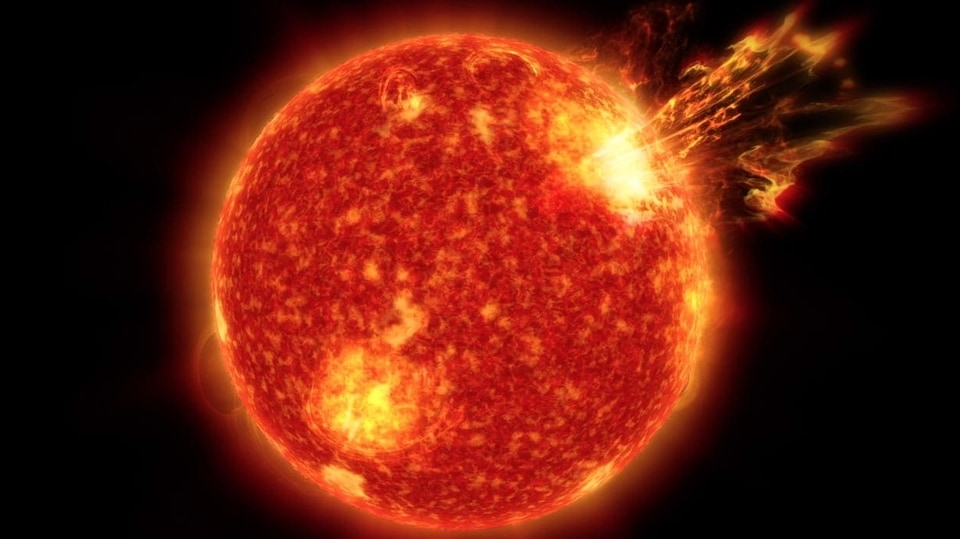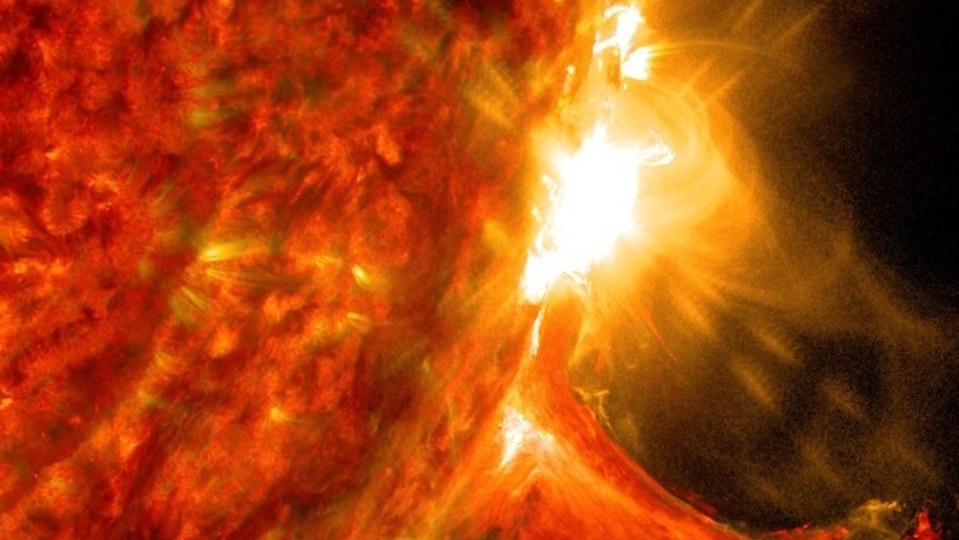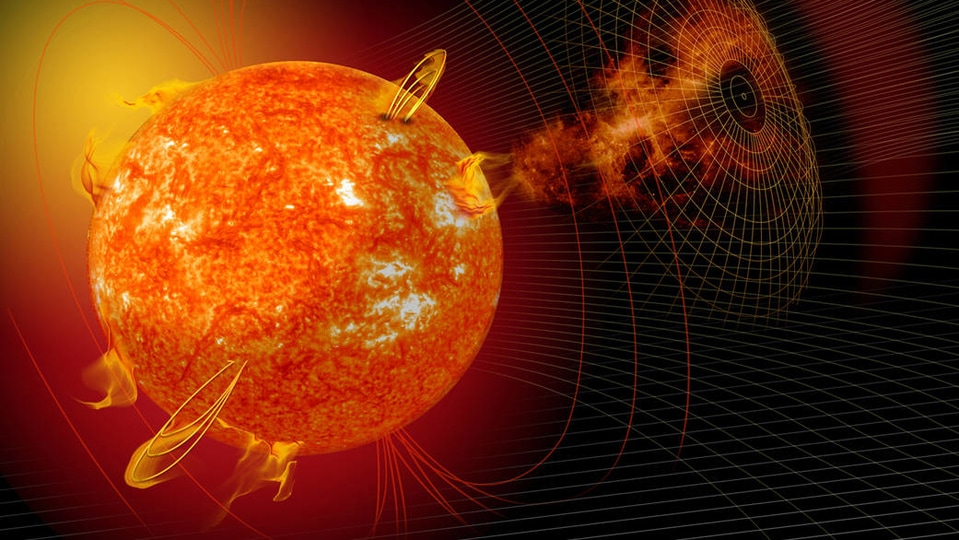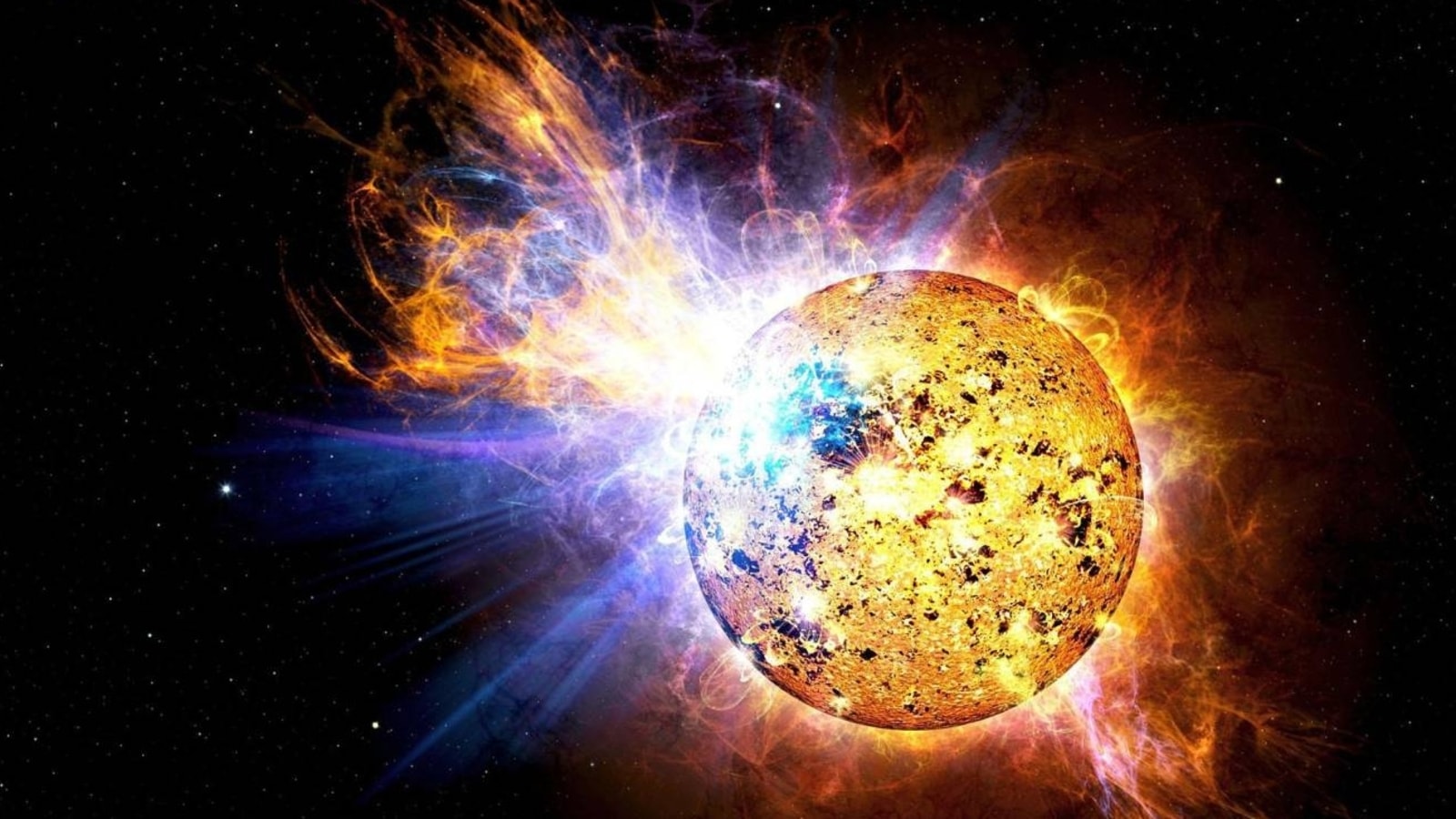As unpredictable solar storms ravage Earth, AI comes to the rescue
Artificial intelligence (AI) could become a useful tool to track the terrifying solar storms that are constantly hitting Earth.




_1639373804152_1639373815879.jpg)

 View all Images
View all ImagesSolar storms are hitting Earth almost constantly as the Sun reaches the peak of its current solar cycle. And the worst part is that we cannot predict whether the dangerous sunspots currently present on the Sun will explode to create more storms. That is because we do not have a method to predict solar storms. We only know about them after the Sun has erupted, which gives us a warning period between 2-48 hours, depending on the type of solar disturbance. But now, some scientists believe that artificial intelligence (AI) could be a crucial tool to predict solar storms weeks or even months ahead of time.
Dr. Andy Smith from Northumbria University in UK has been awarded more than 5,00,000 pounds to develop an AI program that can reliably predict solar disturbances ahead of time, according to a report by SpaceRef. Notably, the UK had added severe space weather to the UK National Risk Assessment in 2011. Severe space weather refers to solar storms, coronal mass ejections (CME)-based storms, solar flare eruptions and solar wind attacks that can have significant impact on satellites, mobile phone communications, Internet as well as power grids.
Can AI predict solar storms?
Dr. Smith recently received a Research Fellowship from the Natural Environment Research Council (NERC) to find out whether artificial intelligence and data-set based learning models can be created to develop systems capable of forecasting space weather and issue warnings for severe solar storms much ahead in time.
For this, Dr. Smith and his team will now analyze huge amounts of data around the Sun collected over a period of 20 years. This data comes from various satellites that have been monitoring the Sun as well as Earth-based observatories which has been tasked with the same.
“This research will take a leap forward in understanding and predicting when we are at risk of suffering from these surges, caused by rapid changes in the Earth's magnetic field…The technology we are developing through this project could protect the Earth from the impact of geomagnetic storms as we could predict when such events would occur, allowing us to prepare,” said Dr. Smith.
He also believes that there is a big and urgent need to build systems capable of predicting space weather. “One of the primary ways in which space weather can impact society is through an unexpected surge of energy in power networks and pipelines on the ground. These surges can accelerate the ageing of power systems, or even lead to the immediate failure of components such as power transformers, leading to a complete loss of power,” he said.
“Our reliance on electrical power networks means that a storm on the same scale as the Carrington Event would have devastating consequences today, making an accurate forecasting system even more essential,” he added.
Catch all the Latest Tech News, Mobile News, Laptop News, Gaming news, Wearables News , How To News, also keep up with us on Whatsapp channel,Twitter, Facebook, Google News, and Instagram. For our latest videos, subscribe to our YouTube channel.




























